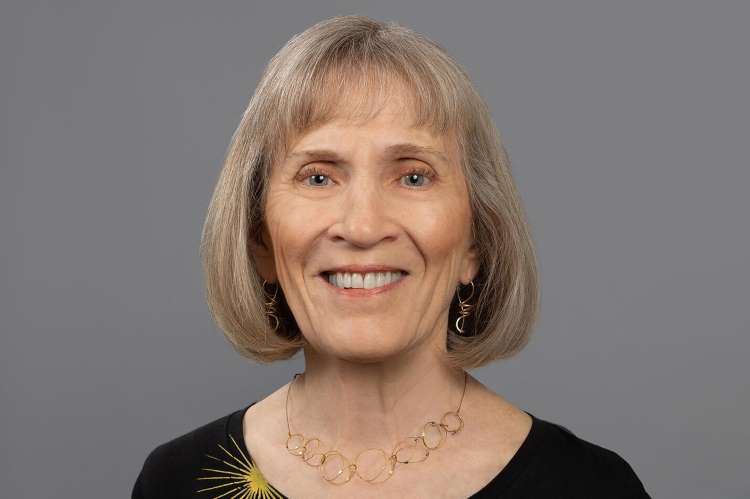
Harvard economic historian Claudia Goldin has won the 2023 Nobel economics prize for her significant contributions in the field of women’s labour market dynamics. Goldin’s work sheds light on various facets of gender inequalities in the labour market and has also uncovered the underlying causes of these disparities.
Using innovative economic history methods and an economic approach, she tackled crucial questions such as: why are gender gaps in the labour market so prevalent worldwide; what explains the fluctuations in the size of these gaps across different countries and time periods; is the level of gender equality primarily linked to economic development; and why do gender earnings gaps persist in high-income countries despite increased female education and equal pay legislations.
READ I Need to reimagine tobacco control, harm reduction: Dr Peter Harper
Gender focus in Claudia Goldin’s work
Goldin’s research has established that a range of factors influence the supply of and demand for female labour. These factors include, but are not limited to, women’s opportunities to balance paid work and family responsibilities, decisions related to education and childcare, technological advancements, legal and societal norms, and shifts in the economic landscape.
Her work has been used in policymaking to promote gender equality. Her research on the impact of childcare costs on female labour force participation has been used to support policies such as affordable childcare and paid parental leave. Her research on the gender gap in wages has been used to support policies such as equal pay legislation and pay transparency laws. Her research on the importance of female education and training has been used to support policies that promote gender equality in education and the workplace.
READ I Israel-Hamas war may upset RBI’s efforts to tame inflation
One of her key findings is that the gender gap in the labour market is not simply a matter of individual choices. Rather, it is shaped by a complex interplay of social, economic, and cultural factors. Goldin has shown that the decline in female labour force participation in the early 20th century was due in part to the rise of the “cult of domesticity,” which idealized women’s role as unpaid caregivers.
Goldin’s research has also shown that the gender gap in wages is not simply due to women’s lower educational attainment or work experience. Even when controlling for these factors, women still earn less than men for doing the same work. This suggests that the gender gap in wages is due, at least in part, to discrimination.
Understanding women’s role in the labour force is crucial for society as a whole. Finding solutions to these issues is not only a matter of equity but also affects the overall efficiency of the economy. When workers are not assigned jobs that align with their skills and abilities, labour allocation becomes inefficient. These inefficiencies have substantial financial repercussions for society. Closing the wage gap between men and women in the workforce and promoting the equitable distribution of female talent could lead to significant gains for the global economy.
In its 2018 report, the McKinsey Global Institute (MGI) stated that advancing women’s equality could potentially add $12 trillion to global economic growth and $700 billion to India’s growth by 2025. According to the Gender Gap Report for 2022, no country in the world has ever achieved full gender parity. Currently, the global gender gap stands at 68.1%, meaning that there is an average of 32% yet to be bridged globally, a gap that is projected to persist for more than a century if current trends continue.
Significant disparities between men and women also persist in Economic Participation and Opportunity. The report indicates that globally, only 60% of this gender gap has been closed so far, leaving a 40% gap yet to be addressed. Even among the top-performing and bottom-ranking countries, there is a substantial 40% disparity in economic participation and opportunity. Regarding workplace gender gaps, the top ten countries have closed at least 80% of the gap, while the bottom ten countries have only closed 40% of the gap.
Data from the World Bank reveals that in many high-income nations, the percentage of working-age women has more than tripled over the last century. This is widely regarded as one of the most significant economic and social transformations in these countries. However, despite these gains in workforce participation, gender equality remains elusive.
According to OECD data from 2023, women across OECD countries still earn, on average, 13% less than men. Thus, gender gaps persist across various dimensions of the labour market. Therefore, this year’s laureate in Economic Sciences, Claudia Goldin, not only elucidates the causes of change but also identifies the key sources of the persistent gender gap that endures today.
(Dr Shashank Vikram Pratap Singh is Assistant Professor, Shri Ram College of Commerce, University of Delhi.)
